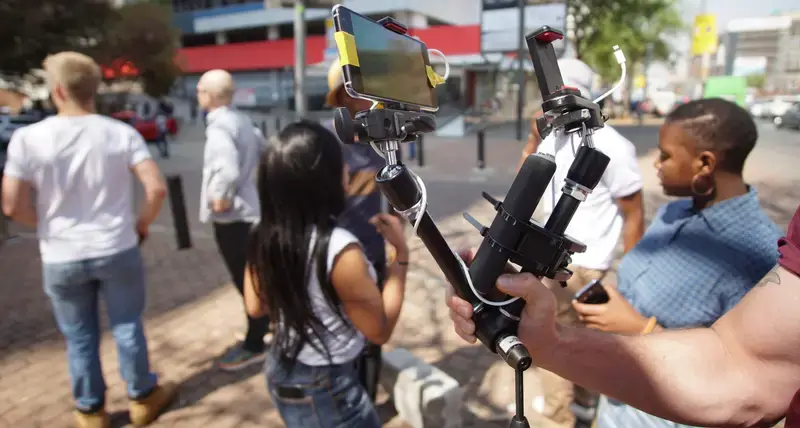Durban Safer Cities: the Durban Safer Cities Strategy brings different role-players together in a prevention partnership with: Effective Policing and Crime Prevention, Targeted “Social” Crime Prevention and Crime Prevention through Environmental Design as the three pillars. Safer Cities Steering Committee of city councilors, public officials, South African Police Services and Business Against Crime members was established to guide the project development. A Research Advisory Group was established to advise on research, information gathering, analysis and best practices, mainly in the area of “social” crime prevention: violence against women, victim support, youth development, understanding the causes of violence.
City Resilience Frameworks for Action: A Training of Trainers for CityRAP, the participatory planning approach for building urban resilience developed by UN-Habitat and DiMSUR, was conducted for three South African Cities (George, Port Alfred and Potchefstroom). The three cities will be rolling-out full CityRAP implementation in 2020 and will be supported by a network of international academic institutions with a research focus on urban resilience and disaster risk management. South Africa is discussing with UN-Habitat becoming the 5th Member State of DiMSUR.
Impact
Challenges
The Republic of South Africa is one of the most urbanized countries in Africa with around 67% of its population living in urban areas, projected to increase to around 80% by 2050.
South Africa is involved in a number of trans-African transport corridors (e.g. Cairo-Gaborone and North-South Corridor) that, along with national development corridors, influence the urban growth pattern across the country. The north-eastern part of the country is witnessing the highest growth rates due to the regional and national development corridors that reach South African seaports (Durban and Cape Town) through Johannesburg and Pretoria (see map).
The socioeconomic and political residues of apartheid still have deep roots in the urban system in the country which is resulting in a more and more fragmented urban landscape and a growing gap between rural and urban areas which is leading to massive migration pressures.
The outflow of people from rural to urban areas has many implications for both areas in terms of unbalanced development, loss of skills, proliferation of informal settlements, over population and increasing of unemployment and crime. A main challenge is to tackle the problems generated by the unbalanced development and the rural-urban migration aiming towards more balanced development and social equality across the whole country.
Donors
Legacy content
UN-Habitat Projects in South Africa
Promoting Urban Low Emission Development Strategies (Urban LEDS)
The Project was initiated to support innovative strategies in addressing the urban dimension of climate change in cities in emerging economies. The objective of the Project was to enhance the transition to low emission urban development. In South Africa it supported two Model Cities – Steve Tshwete Municipality and Kwa Dukuza Municipality – that received intensive assistance, as well as five Satellite Cities. The South Africa project established a successful multifaceted approach that focused on local government institutional capacity building and its ability to prepare and implement evidence-based policies and projects. Training and capacity building helped the cities buy-in to LED principals and understanding. GHG inventories were completed in three municipalities – KwaDukuza, Steve Tshwete and Nelson Mandela Bay. Watch the activities and outcomes of the project here.
Duration of project: 1 March 2012 – 31 March 2016
Value: € 6.700.000 (Multi-country)
Donor: European Commission
Implementing Partners: National government, respective local governments, ICLEI
For more information, click here.
